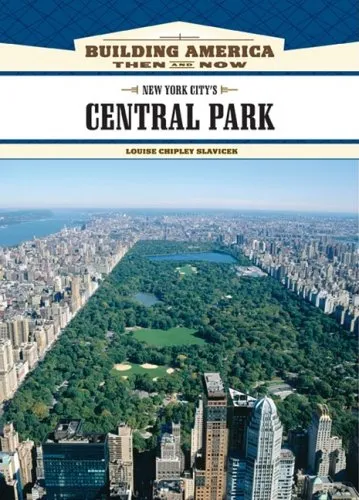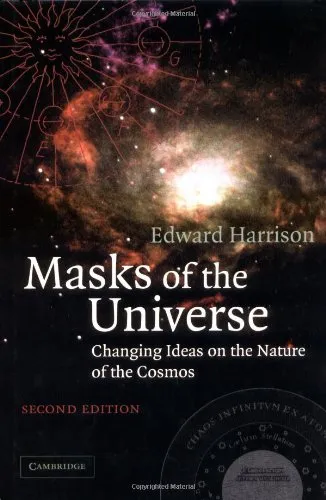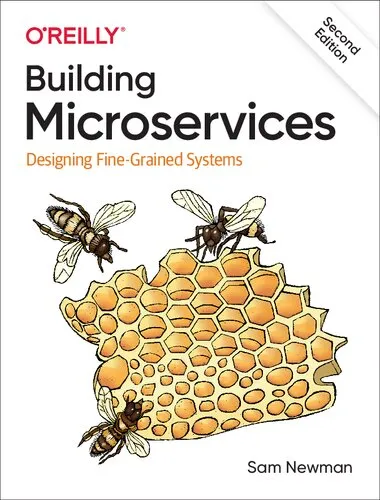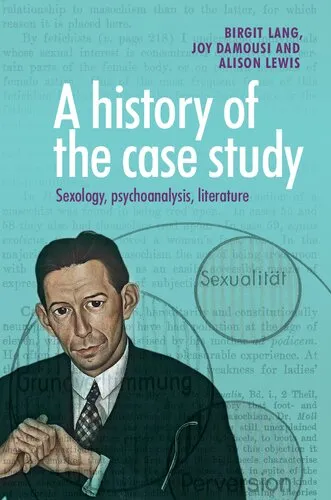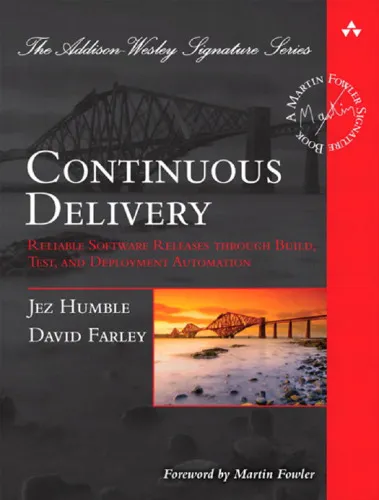New York City's Central Park (Building America: Then and Now)
4.5
Reviews from our users

You Can Ask your questions from this book's AI after Login
Each download or ask from book AI costs 2 points. To earn more free points, please visit the Points Guide Page and complete some valuable actions.Related Refrences:
Introduction
Welcome to the enchanting world of New York City's Central Park, a verdant oasis nestled within the bustling metropolis. In "Building America: Then and Now," we embark on a journey through time, exploring the origins, development, and lasting significance of one of the most iconic urban landscapes in the world. This book provides readers with a comprehensive look at how Central Park has evolved from a rugged landscape to a vital piece of America's urban heritage.
Detailed Summary of the Book
Central Park, sprawling over 843 acres, is an intricate tapestry of nature, history, and culture intricately woven into the fabric of New York City. This book delves into the Park's conception, starting with the social and political climate of mid-19th century America, which set the stage for the creation of such a monumental public space. Designed by the visionary landscape architects Frederick Law Olmsted and Calvert Vaux, Central Park was the first landscaped public park in the United States.
The book narrates the challenges and triumphs involved in transforming a barren rocky terrain into a harmonious blend of meadows, water bodies, and wooded areas. It highlights the thoughtful design and planning that went into every aspect—from the picturesque Ramble to the serene Bethesda Terrace. As you turn the pages, you'll uncover stories about the individuals who shaped the Park, the controversies it sparked, and the myriad ways it has served the community over the decades.
In later chapters, we explore the restoration efforts and contemporary projects that keep Central Park relevant and thriving in the modern age. Whether it’s the carefully maintained landscapes, the cultural events hosted within its bounds, or the diverse flora and fauna it shelters, this book showcases why Central Park remains a beloved sanctuary for both locals and tourists alike.
Key Takeaways
- The pioneering efforts of Olmsted and Vaux set a benchmark for landscape architecture worldwide.
- Central Park's creation was not without controversies, including displacement of communities and debates over land use.
- Restoration and conservation efforts are crucial to maintain the Park's ecological health and historical essence.
- Today, Central Park serves as a model for urban parks, influencing green space design and sustainability practices globally.
Famous Quotes from the Book
"Central Park is more than a place; it is a testament to human vision, an urban refuge that bridges the gap between civilization and wilderness."
"In every curve of its paths and every bend of its lakes, Central Park tells a story of resilience and renewal."
Why This Book Matters
This book holds significant importance for urban planners, historians, environmentalists, and anyone intrigued by the interplay of nature and urban life. Central Park is not merely a green respite within a concrete jungle; it is a cultural landmark that underscores the necessity of preserving natural spaces amidst urban expansion. "Building America: Then and Now" does more than recount history; it inspires stewardship of the natural world and the responsible development of our cities.
In conclusion, this book provides a profound understanding of Central Park’s rich history, offering insights into its role as a vital part of New York City's identity. It serves as a reminder of the potential for harmony between urban life and nature, reinforcing the timeless adage that great endeavors start with vision and collaboration.
Free Direct Download
You Can Download this book after Login
Accessing books through legal platforms and public libraries not only supports the rights of authors and publishers but also contributes to the sustainability of reading culture. Before downloading, please take a moment to consider these options.
Find this book on other platforms:
WorldCat helps you find books in libraries worldwide.
See ratings, reviews, and discussions on Goodreads.
Find and buy rare or used books on AbeBooks.
1275
بازدید4.5
امتیاز50
نظر98%
رضایتReviews:
4.5
Based on 0 users review
"کیفیت چاپ عالی بود، خیلی راضیام"
Questions & Answers
Ask questions about this book or help others by answering
No questions yet. Be the first to ask!
